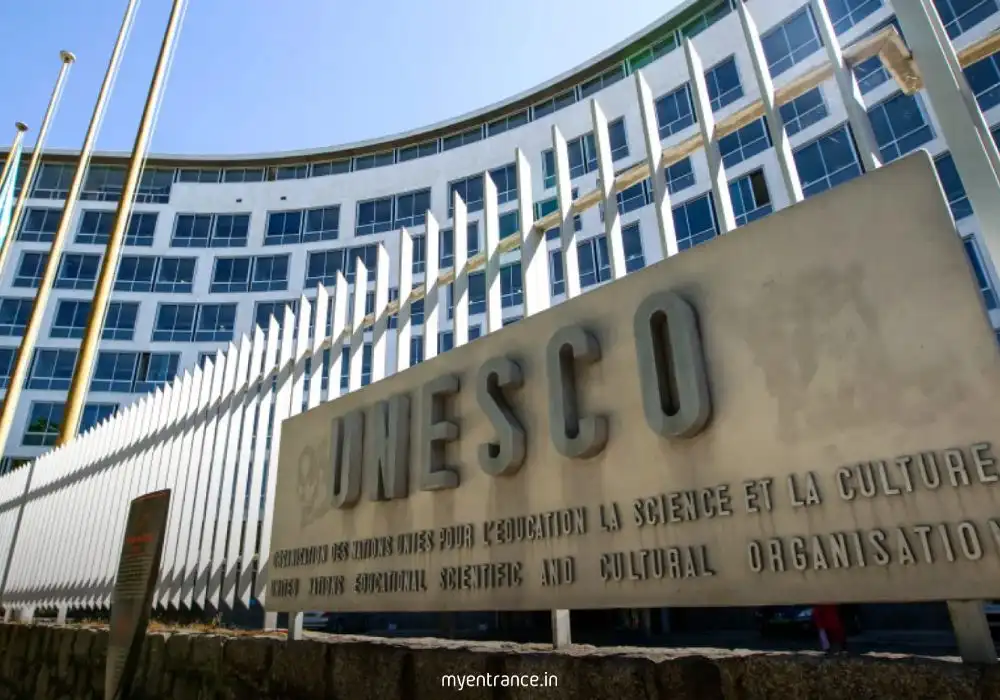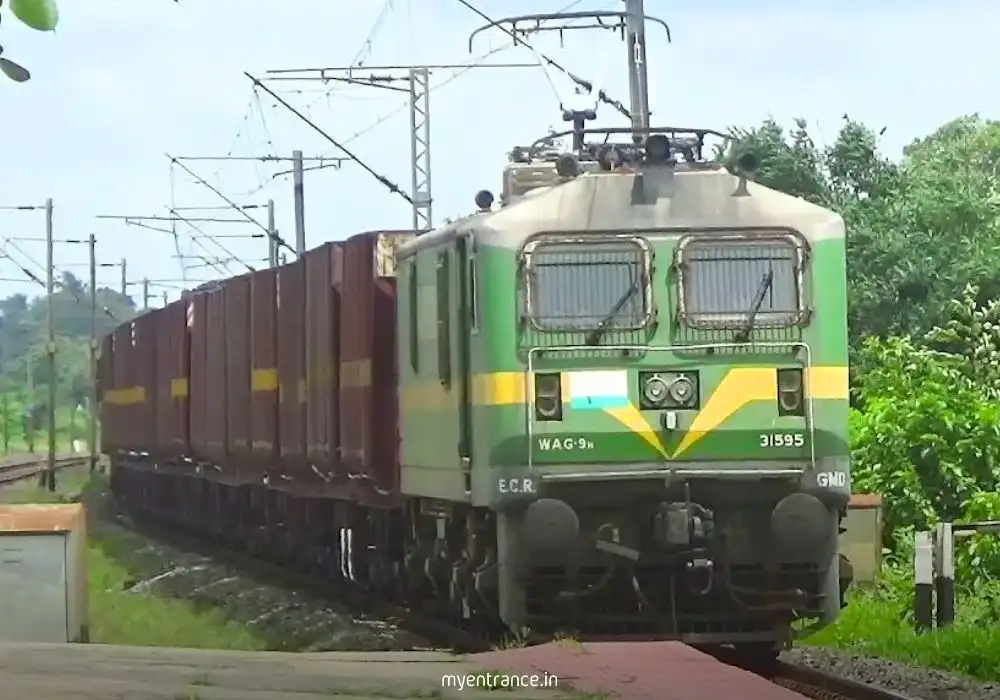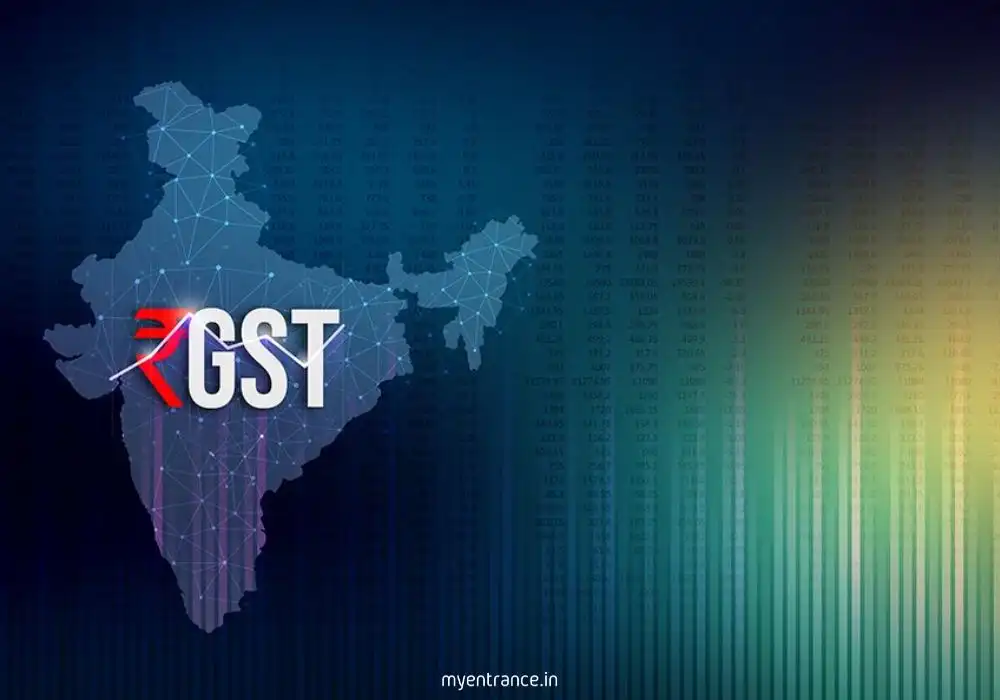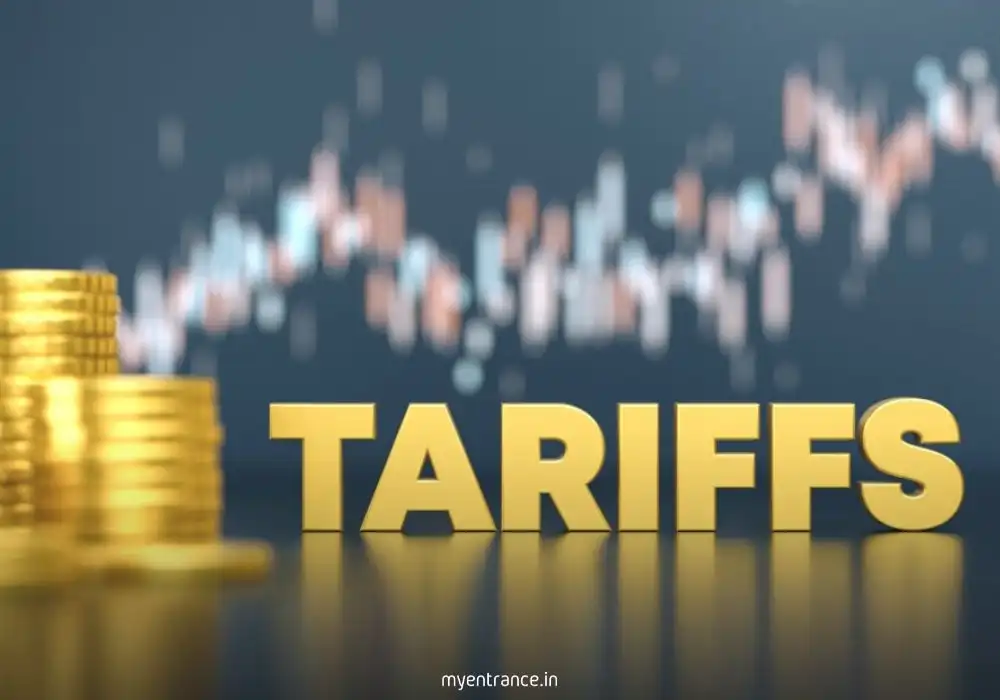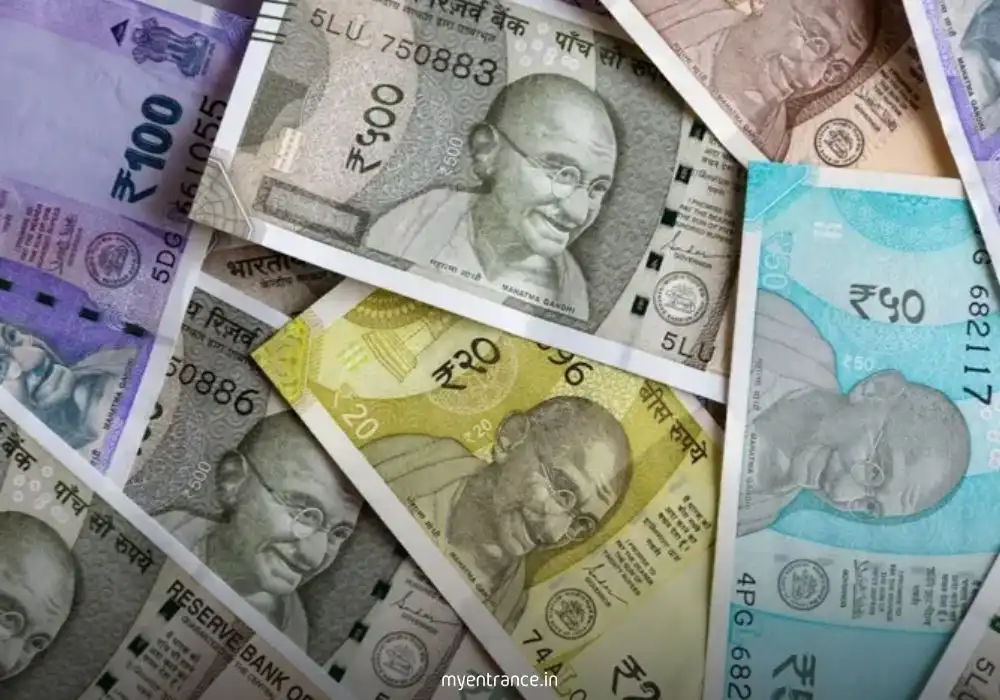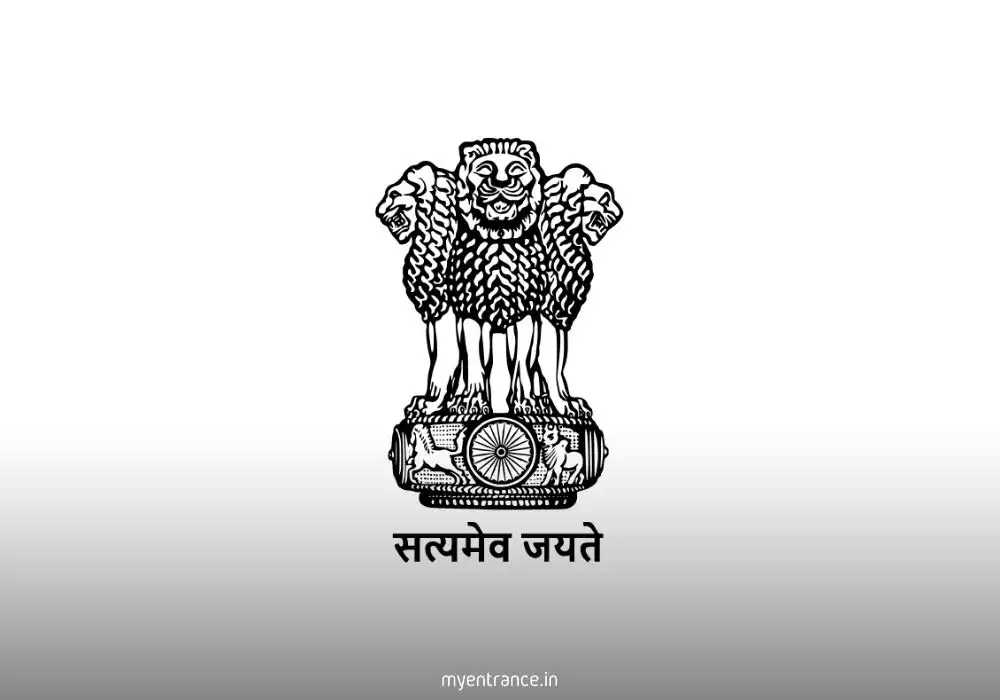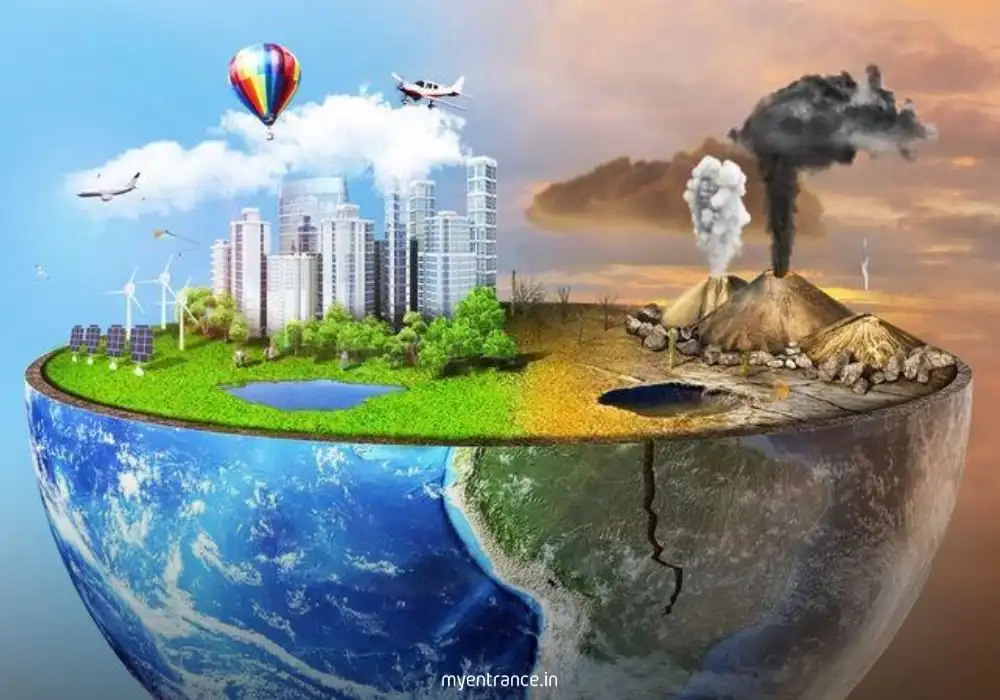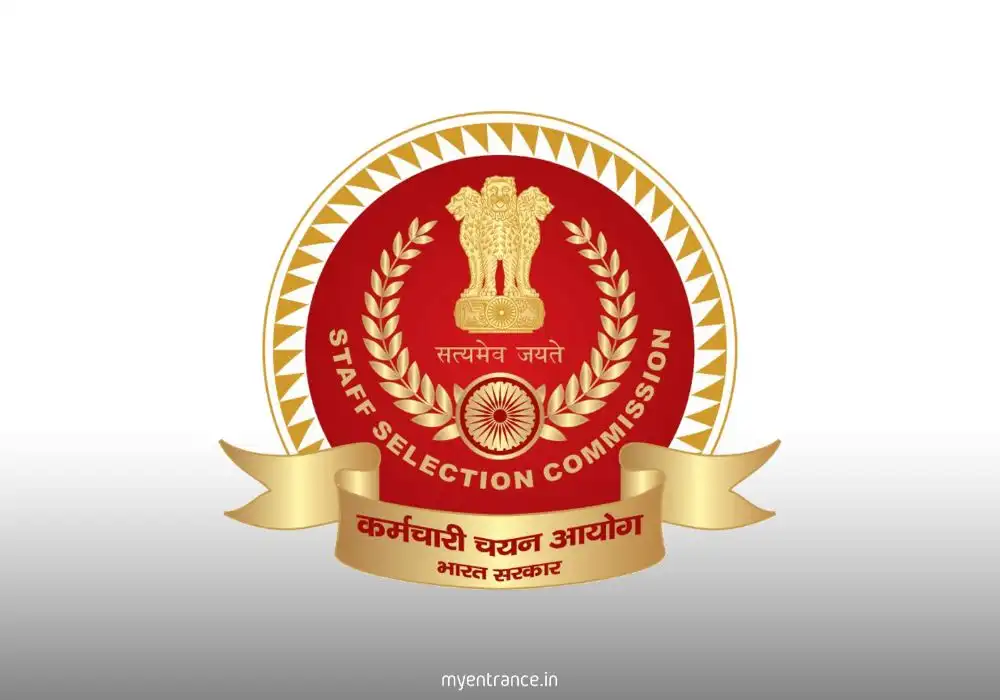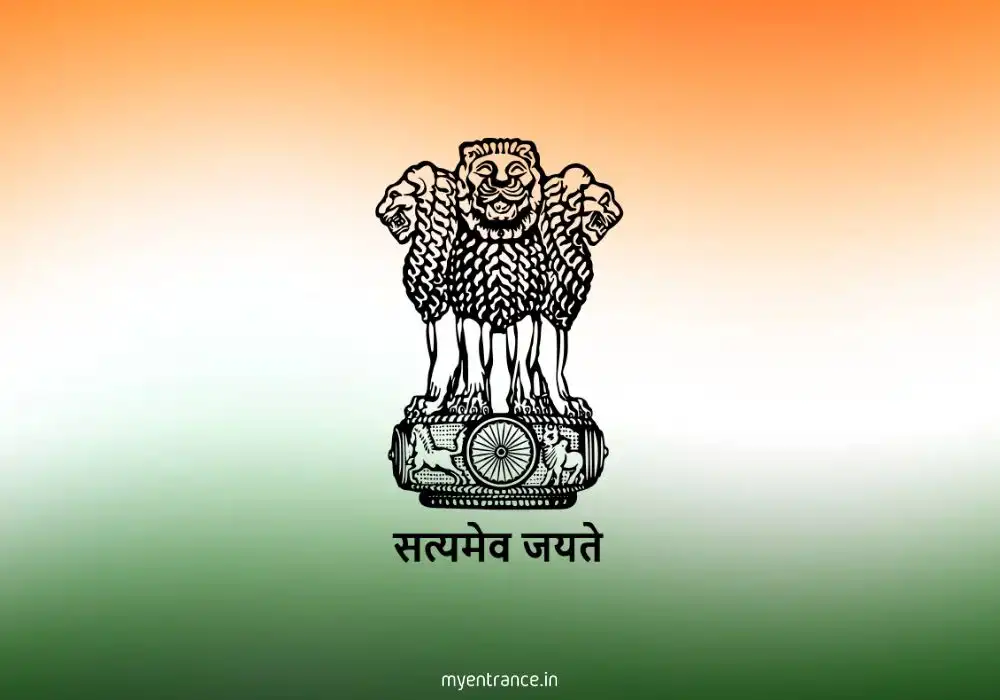Translate Language
Uttarkashi Disaster & Environmental Impact Assessment (EIA): Why Himalayan Development Needs Sustainable Policies
On August 5, 2025, three consecutive climate disasters—cloudbursts and flash floods—ravaged Uttarkashi’s Bhagirathi valley, sweeping away homes in Dharali, submerging Harsil’s orchards, and crippling critical infrastructure. This tragedy isn’t just a natural calamity; it’s a grim reminder of how ignored environmental safeguards and reckless development amplify disasters in fragile ecosystems. For competitive exam aspirants, this case study underscores the life-or-death importance of Environmental Impact Assessment (EIA)—a key topic in UPSC/PSC GS papers on conservation and disaster management. Let’s break down why Uttarkashi’s “warning bells” went unheard.
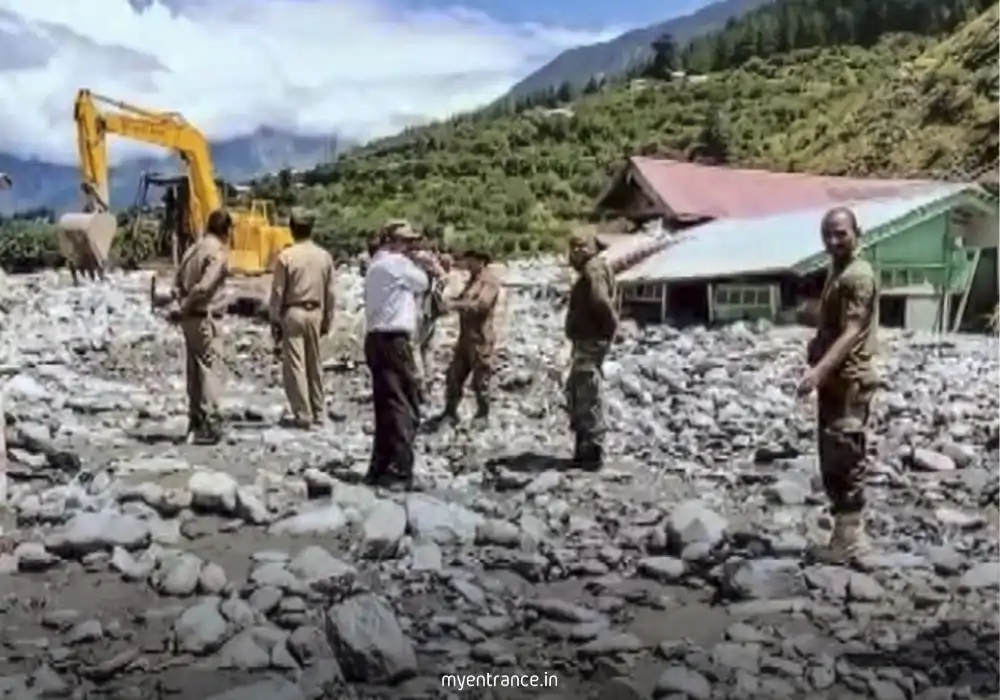
Environmental Impact Assessment (EIA):
What Went Wrong in Uttarkashi?
The Bhagirathi valley falls under an officially notified Eco-Sensitive Zone (BESZ) since 2012, designed to limit destructive activities. Yet, as disasters struck, it exposed fatal gaps:
Policy Failure in Climate Risk Assessment:
Policymakers consistently underestimated climate change impacts. Geological experts like Prof. Y.P. Sundriyal had warned that melting permafrost and unstable slopes made Uttarkashi a “high avalanche risk zone.”
EIA protocols for projects (e.g., highway expansions) ignored these warnings, violating the core purpose of anticipating environmental damage.
Infrastructure Expansion Over Ecology:
Despite BESZ regulations, the Ministry of Road Transport (MoRTH) pushed to widen NH-34 for tourist traffic. Landslides were triggered by road-cutting on vulnerable slopes, destabilizing the terrain.
The 2020 Supreme Court-appointed High Powered Committee (HPC) recommended elevated highways to protect deodar forests and slopes. This was ignored, leading to avoidable erosion during floods.
Disaster Response vs. Prevention:
While NDRF/ITBP teams rescued 100+ people swiftly, reactive measures can’t replace preventive EIA enforcement.
Unregulated hotels, settlements, and deforestation increased flood severity—proving that disaster management starts with strict EIA compliance.
The Bigger Picture: EIA & Climate Justice
Climate Underestimation: EIAs in India rarely quantify long-term climate risks (e.g., cloudburst frequency). Uttarkashi’s 2025 floods show how outdated data costs lives.
Vulnerable Communities: Locals in Dharali/Harsil face repeated displacement. Climate justice demands EIAs prioritize their safety over commercial projects.
Way Forward: Integrate geo-ecological studies into EIAs:
Slope stability mapping
Hydrological modeling for flood-prone zones
Mandatory community consultations
Q&A on Uttarkashi Disaster & Environmental Impact Assessment:
Q1. How did the neglect of Eco-Sensitive Zone (BESZ) regulations contribute to the 2025 Uttarkashi disaster?
*A1. Unregulated infrastructure expansion (e.g., NH-34 widening) in the BESZ ignored landslide risks, amplifying flood damage. The 2012 BESZ notification was undermined by lax enforcement, allowing destabilizing activities.*
Q2. Discuss the role of climate change in hydro-meteorological disasters, with reference to Uttarkashi.
A2. Climate change intensified Uttarkashi’s disasters through increased cloudburst frequency, glacial melt, and permafrost thaw. This altered rainfall patterns and slope stability, triggering cascading floods.
Q3. What were the key recommendations of the 2020 High Powered Committee (HPC) for Char Dham highway safety?
*A3. The HPC advised against slope-cutting on sensitive stretches, proposing elevated highways near riversides to protect deodar forests and reduce avalanche risks. These were ignored, worsening 2025 floods.*
Q4. Why is Environmental Impact Assessment (EIA) critical for sustainable development in the Himalayas?
A4. EIAs evaluate project risks before implementation, ensuring ecological limits (e.g., slope stability, forest cover) guide development. Without robust EIAs, projects like highway expansions destabilize fragile regions.
Q5. Explain ‘climate justice’ in the context of Uttarkashi’s vulnerable communities.
A5. Climate justice here entails prioritizing safety nets for locals over commercial interests. Communities like Dharali’s residents—displaced by floods linked to policy failures—deserve equitable disaster resilience and inclusive EIA processes.
Get 3 Months Free Access for SSC, PSC, NIFT & NID
Boost your exam prep!
Use offer code WELCOME28 to get 3 months free subscription. Start preparing today!

